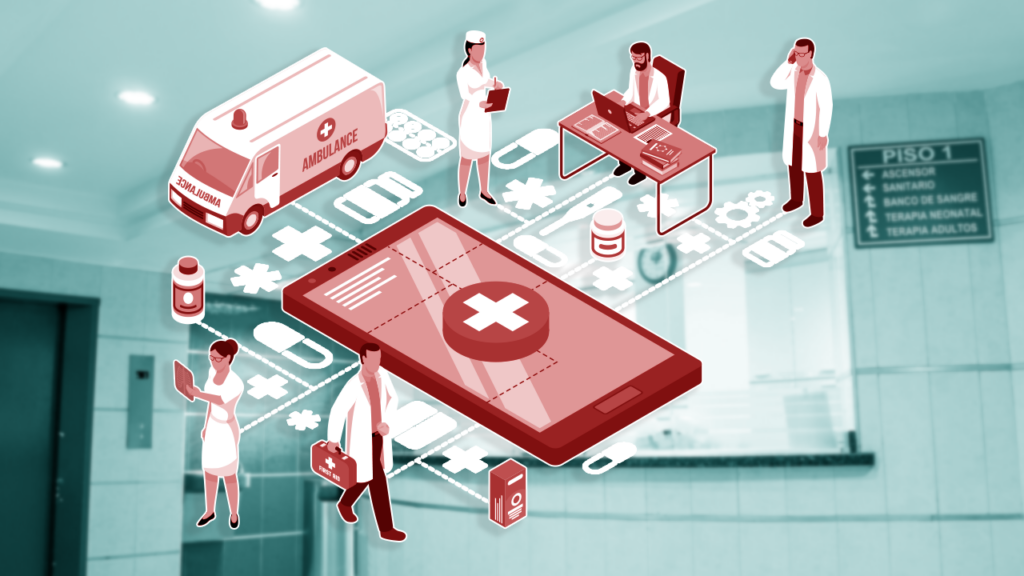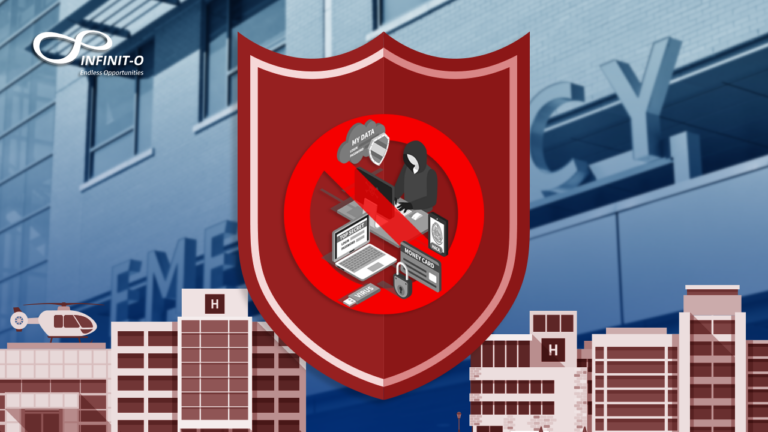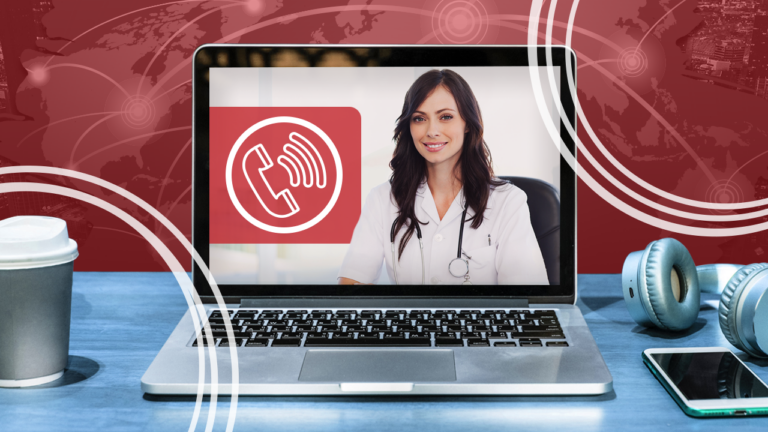Flatten The COVID-19 Curve Through Telehealth
Historically, healthcare is immune to business vulnerability during a recession because there will always be a constant need for care and treatment as illness and diseases happen with or without crisis. Hence, the demand for healthcare is relatively constant across a business cycle. However, some crises such as a pandemic have a different tale to tell. Implementations such as physical distancing and lockdowns to reduce the risk of virus spread has affected the mobilization of healthcare across the country and across the globe and health care offices are feeling the pinch.
Not a single company in healthcare is not at risk for business vulnerability in any type of crisis. Especially with a health-related crisis, the bulk of the responsibility is carried by the providers of clinical care. If this won’t be contained and the curve of spread doesn’t decrease through time, the effect of a crisis upon the health and care system poses a vulnerability in the industry and goes beyond economic concerns.

As of this writing, the COVID-19 pandemic has reached 3.51 millions cases with over 248,310 deaths and 1,156,991 recovered individuals. The US is now top one in terms of number of infected people, higher than China where the virus first spread. In only 2 months, China was able to flatten the curve of infection through aggressive testing and quarantine efforts. Another country that successfully flattened the curve of the pandemic is South Korea by preventing and delaying the spread of virus so that large portions of the population do not get sick at the same time. These countries were able to stamp out COVID-19 as soon as possible through:
- Quarantining
- Encouraging physical distancing
- Encouraging working from home
- Closing schools and other institutions
- Placing hard limits on the size of crowds at events
Without treatment and vaccines available, physical distancing is about the only key to limit the spread of the virus. Reopening businesses and other non-essential commodities when physical distancing measures are in place throughout the country can halt in flattening the infection curve. Yet, enhancing and mobilizing the healthcare industry through telehealth into adapting to the new normal is one key measure to control and limit the pandemic. Now, what is telehealth and how does it help in flattening the curve?
Telehealth is a virtual platform that allows healthcare interactions such as promoting long-distance clinical health care, patient and professional health-related education, and public health and health administration. The number one job for everyone is to avoid being a carrier or a distributor of the virus. Therefore, virtual healthcare such as telehealth can free up medical staff and equipment needed for those who become seriously ill from COVID-19 especially the people with greater risks like 60 years old and over, children, individuals with underlying health conditions and those with compromised immune systems. Keeping people apart and not congregating in small spaces such as clinics and hospitals can thwart the virus to roam from one person to another or as we all know as physical distancing. But keeping healthcare professionals apart from patients is called medical distancing and can be accomplished through telehealth.
How then can it flatten the curve?
Think of it this way, suspected and probable patients can stay at home and treat the flu-like symptoms instead of going to the hospital. Aside from the influx of patients in and out the hospital, staying at home can limit the spread of virus that can possibly infect medical frontliners. But of course, these people still need ample treatment from professionals. This is where telehealth comes in. Through the use of video chat or phone call, medical providers can call in to assess and gather information to find out whether care is urgently needed, or self-monitor of symptoms at home is more advisable. It can also be used for regular check-ins during recovery, as needed.
Sad but true, there are more than 100 healthcare professionals per institution under quarantine because they face head on and are exposed to infected people which in return raises concern on workforce capacity. If the spread will not be managed sooner, it will come to a point that supply of healthcare professionals will not meet the overwhelming demand.
Another beauty of telehealth is balancing the load through disseminating the needed care to thousands of online clinicians. This helps medical facilities struggling to better serve patients during peak periods of the outbreak. Through telehealth, those under quarantine may still extend a helping hand through virtual check ups and consultations freeing up clinicians in performing in-person care.
While the number of outbreaks is spiralling, the need for healthcare does not exempt those people with high risk non-COVID-19 related illnesses such as cardiovascular diseases, hypertension, diabetes mellitus and cancer. Telehealth can come in handy beyond treating COVID-19 related cases by providing options to other routine care to the elderly and other high-risk patients. This is a calculated strategy to protect non-covid related patients from exposure while not limiting routine care. Limiting their exposure in the waiting room, emergency room or at the doctor’s office promotes decreasing their risk in contracting the virus especially since these people are more often than not immunocompromised.
Now if there will be an increased use of telehealth, what’s next?
If most health institutions use telehealth there will be a significant surge for online waiting queue and virtual healthcare providers may get overburdened. Streamlining up-front screening questionnaires, chatbots, and AI tools aid in making health processes and patient encounters more efficient for clinicians. The strategy of getting patient information while on hold helps practitioners by having already available data about medical history, symptoms, and other information needed to accurately diagnose.
It is also important to partner with an outsourcing company that can provide a team of healthcare professionals who can help manage the patient influx from this outbreak with the best healthcare practices at hand. The right outsourcing company can catapult the healthcare industry amidst the crisis by helping get clinicians working as quickly as possible where they’re needed most and at the same time targeting key metrics such as quality improvements in telehealth, decreased turnaround time for claims management, savings operation cost and most importantly access to the right pool of talents in the telehealth field – all while adhering in keeping health risks low through the beauty of being able to perform administrative tasks and support despite geographical distance.
Here at Infinit-O, we understand the impact of telehealth’s contribution in flattening the curve of this pandemic. Operational support and Revenue Cycle Management (RCM) support such as patient concierge, medical review specialist and other patient inquiry-related needs to back up production capacity and freeing clinicians from answering phone calls and responding to appointment inquiries. They can also help oversee the day to day peer review process from acceptance of medical cases for review, facilitating first level screening if applicable and preparation of case review documents to be endorsed to doctors, nurses and other healthcare providers.
We build great teams of registered nurses, clinical data processors, patient engagement specialists, medical coders, certified medical billers for claims concerns, clinical and medical abstractors among others. Our aim is to create long lasting partnerships and endless opportunities for your institution to grow while managing the sudden demand for healthcare. We render a strong understanding in medical review and analyzing clinical abstaractors for health institution consultancy, process optimization, and outsourced healthcare services; all utilizing the latest technology to provide excellent value for our clients.
We are ISO-certified, HIPAA– and GDPR-compliant, so your company and patient data are safe with us. HIPAA-compliant companies can provide telehealth services during state emergencies and can transmit any health information in electronic form.
By expanding consultation services and other health related concerns such as billing, claims and insurance through telehealth in partnership with an outsourcing company that can provide these extended services virtually can be one of the key weapons in flattening the infection curve. Having an organized health triage system aids the existing burden that in-person clinicians are shouldering.
Let’s work together in Building a Great Telehealth Team who can duly respond with the expanding healthcare needs.
Infinit-O is the trusted customer-centric and sustainable leader in Business Process Optimization to Small and Medium businesses in the Financial Services, Healthcare and Technology sectors by delivering continuous improvement through technology, data and people.







This site is protected by reCAPTCHA and the Google Privacy Policy and Terms of Service apply.